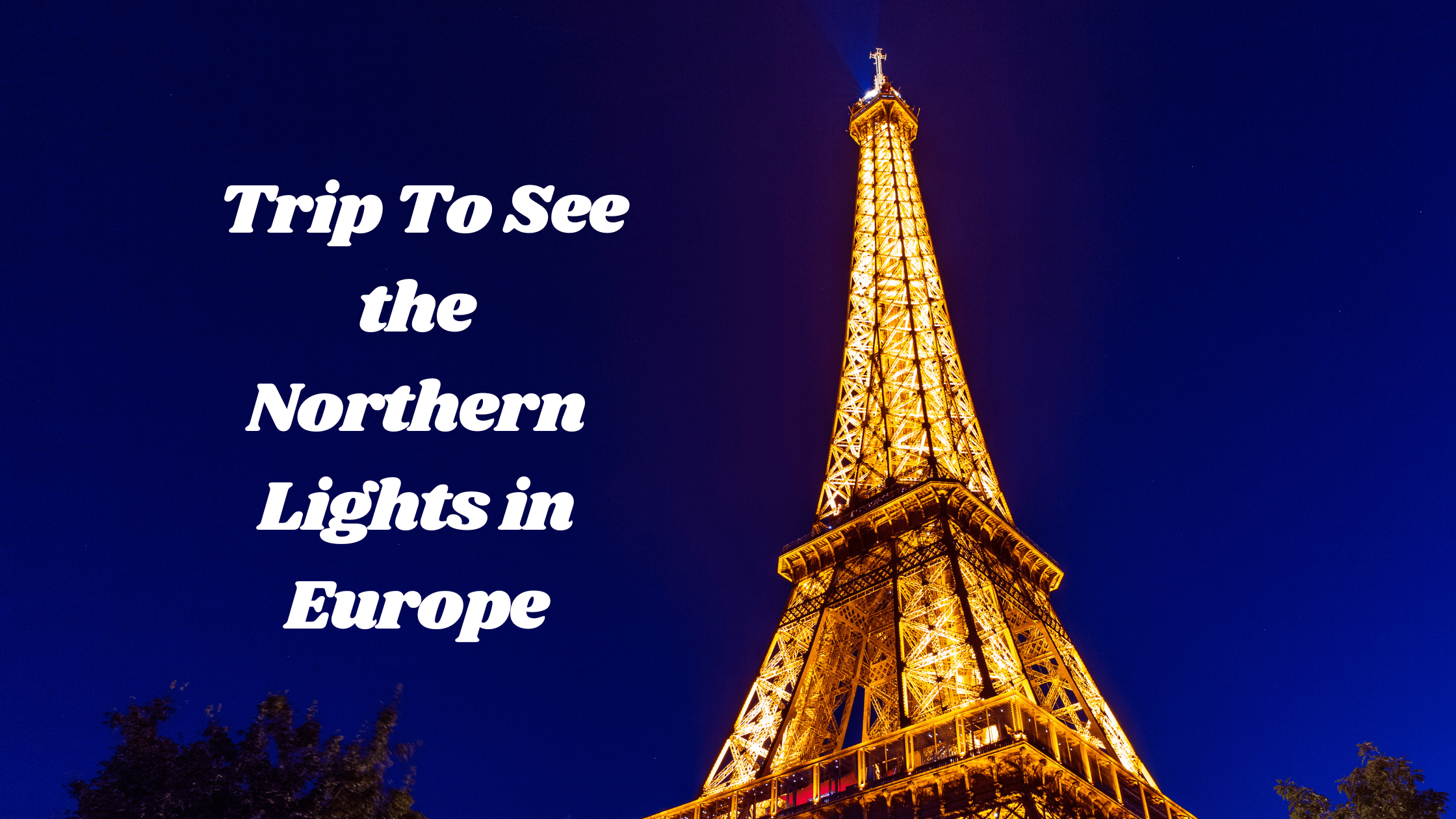
The Northern Lights, AKA Aurora Borealis, is a breathtaking natural phenomenon that has captivated people for centuries. It’s no surprise that many travelers are drawn to Europe for a chance to witness this dazzling light show. If you’re setting up a trip to see the Northern Lights in Europe, there are a few key things to remember to make the most of your experience. Here’s the ultimate guide to planning a trip to see the Northern Lights in Europe.
Research Your Destination
The northernmost Scandinavian countries like Finland, Sweden, and Norway offer the best opportunities to see the Northern Lights. The Scottish Highlands are also an excellent place to see the Northern Lights and can easily be reached by train if you happen to be in London or Edinburgh.
Once you’ve chosen your destination, do some research to learn more about the area and what it has to offer. Look into the best places to view the Northern Lights, as well as other attractions and activities in the area. Consider factors like weather conditions, transportation options, and accommodations. Some areas may be more remote than others, so plan accordingly.
The Northern Lights are most likely to be visible during the winter months, from October to March. However, the best time to see them varies by location. In general, the farther north you go, the higher your chances of seeing the Northern Lights.
Rovaniemi, Finland, is one village known for its great viewing spots. If you’re heading out into the wilderness with a group (more on that in a bit), you might want to check out luggage storage in Rovaniemi to ensure an easy and worry-free trip.
Book Accommodations in Advance
Accommodations can fill up quickly during peak Northern Lights season, so it’s important to book early to ensure you have a place to stay. Consider staying in a hotel or guesthouse with Northern Lights viewing facilities, such as a heated outdoor hot tub or an observation deck. This way, you can relax and enjoy the show without having to brave the cold weather. Some vacation rentals might offer more unique facilities like glass dome ceilings, making for one excellent viewing experience.
Pack Warm Clothing and Gear
Winter in Northern Europe can be bitterly cold, so pack warm clothing and gear. This includes a warm coat, hat, gloves, and boots, as well as layers to keep you warm in varying temperatures. It’s also a good idea to bring a camera with a tripod to capture the Northern Lights, as well as a headlamp for navigating the dark, should you choose to venture out into the remote wilderness.
Consider a Tour
If you’re not familiar with the area or don’t want to drive in winter conditions, consider booking a Northern Lights tour. Many tour companies offer Northern Lights tours with skilled guides who can take you to the best viewing spots and provide valuable insight into the phenomenon. Some tours even offer additional activities, such as dog sledding or snowmobiling.
Be Prepared To Wait
Seeing the Northern Lights is a waiting game, and it’s important to be patient. Cloud cover, weather conditions, and solar activity all play a role in the visibility of the Northern Lights, so it’s not a guarantee that you’ll see them on any given night. Plan to spend several nights in the area to increase your chances of seeing the Aurora Borealis.
Check the Aurora Forecast
Before you head out to view the Northern Lights, check the aurora forecast. The aurora forecast is a tool that predicts the likelihood of seeing the Northern Lights in a specific location. Many websites offer real-time aurora forecasts, so you can plan your viewing accordingly.
Stay Safe
Winter conditions in Northern Europe can be hazardous, so taking precautions is essential to stay safe. This includes driving carefully on icy roads, staying warm and dry, and avoiding areas that are closed or dangerous. Be sure to check local weather conditions and advisories before heading out.
Experience the Local Culture
Finally, don’t forget to experience the local culture while you’re in the area. Northern Europe has a rich history and culture, and there are many opportunities to explore museums, sample local cuisine, and learn about their way of life. This can add a new level of depth and richness to your Northern Lights experience and make it a truly unforgettable trip.
A Once-in-a-Lifetime Experience
Planning a trip to see the Northern Lights in Europe is undoubtedly a once-in-a-lifetime experience. With the right planning and preparation, you can increase your chances of seeing this spectacular natural phenomenon and creating unforgettable memories.
Remember to choose the right time of year, check the aurora forecast, and don’t forget to experience the local culture while you’re there! With these tips in mind, you can plan the ultimate Northern Lights adventure and make the most of your time in Northern Europe.